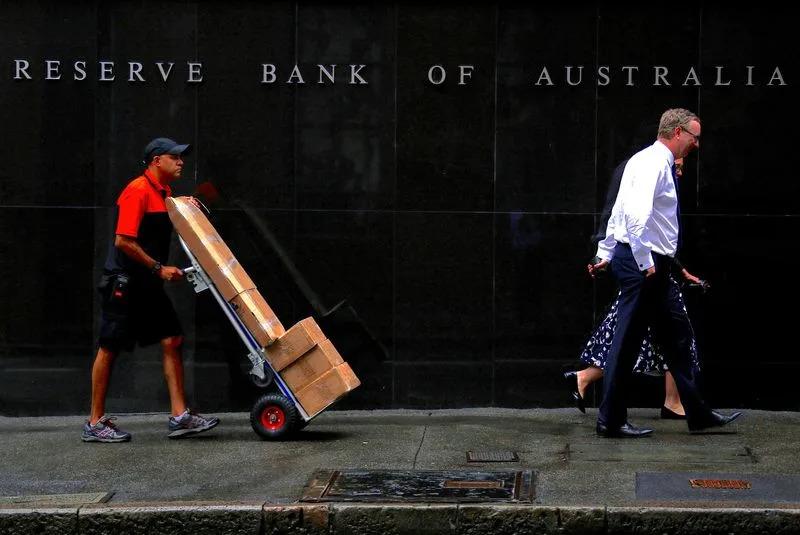
SYDNEY, July 2 (Reuters) - Australia's central bank pondered whether a further rise in interest rates was needed to bring inflation to heel at its June policy meeting, but decided to stand pat in part due to the risk of a sharp slowdown in the labour market. Minutes of its June 17-18 board meeting out on Tuesday showed the Reserve Bank of Australia (RBA) considered raising its 4.35% cash rate amid doubts policy was not restrictive enough to bring inflation - currently running at 4.
0% - to its 2-3% target band. "This could be the case if it was judged that inflation was returning to target more slowly than previously assumed or that the gap between aggregate demand and aggregate supply was not closing quickly enough," said the minutes. As a result, it did not rule out or in any future changes to policy.

In the end, the board judged the case for holding steady was stronger given the economy was still tracking broadly as expected, with inflation seen returning to target in 2026, output growth staying weak and risks to the labour market on the downside. They noted a drop in vacancy rates pointed to weakness ahead and that historically the unemployment rate could rise quickly once it did start to rise. A continued rapid rise in business insolvencies was also cited as a concern.
"Members agreed that collective data received since the May meeting had not been sufficient to change their assessment that inflation would return to target in 2026 despite some elevated upside risk around .














